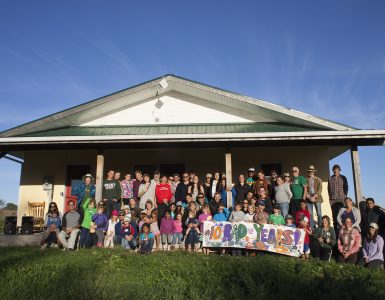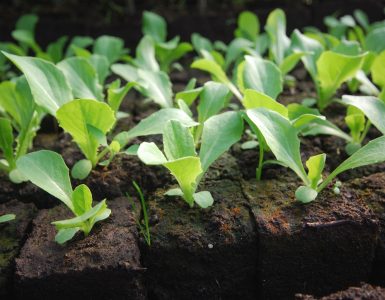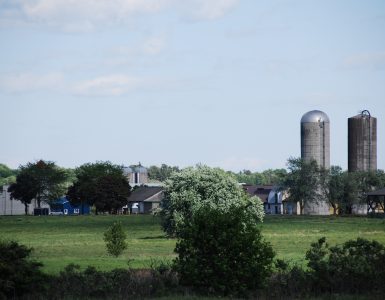A few weeks ago, a mass email was sent to many farmers about an upcoming conference. The conference’s banner image had a picture of three generations of farmers in a field: an older man, a middle-aged man, and a boy.
My partner Emily Dowling and her mother Dianne Dowling both sent replies back (independently, to their later amusement) to say that it seemed a bit old-fashioned to represent all farmers as male. And with International Women’s Day (March 8) so close, the representation of women in farming—or lack thereof—is important to address.
An internet search for “farmer’s wife” yields over half a million results. A search for “farmer’s husband,” on the other hand, yields less than two thousand. It’s an unfortunate fact that the “default farmer” is still considered, by many, to be a man. The search results suggest that if a male-female couple farms together, the man is the farmer and the woman is, one might surmise, just tagging along.
Consider the famous Depression-era photo of Allie Mae Burroughs. The photo became iconic in part because of her determined expression. It’s typically titled “Tenant Farmer’s Wife”.
But Allie Mae Burroughs was surely more than just a “farmer’s wife.” Her family’s sharecropping operation would have needed all the hands they could get; I have no doubt that she was a full fledged farmer, hard-working and skilled in all aspects of farming. (And in the war that followed the Depression, women farmers showed that they were fully capable of filling the boots of any man away fighting.)
Recent numbers from Statistics Canada suggest that 72.5 per cent of “farm operators” are men, while 27.5 per cent are women. But I don’t buy it.
In 1988, political economist Marilyn Waring wrote a book called If Women Counted, which has since become an influential classic. In that book, Waring showed that women do half (or likely, more than half) of all the work on the planet. But conventional economic statistics (like the GDP) totally ignored “women’s work”—whether that was making food, raising children, or running a household—because it was unpaid. Women’s work literally did not count. It was measured—or not measured—as having no economic value, a situation that largely prevails today.
The reality is that most farms in Canada would likely fall apart without the work and organization of women, but that work is still undervalued and undercounted. And of course, the work that women farmers do includes traditional “women’s work” as well as farming and business of all kinds.
On our farm it is my partner Emily who runs our Community-Shared Agriculture business. She hires and supervises staff. She orders seed and decides what will get planted where. When I construct a building or weld up some equipment, I make it to order, suited to the operation she runs. We make life plans together, of course, and she consults me about business decisions, but those decisions are ultimately hers to make.
Emily is not alone. Globally, according to the Worldwatch Institute, women produce more than half of all food. And the percentage of women farm operators in Canada has crept up in the recent decade, but slowly. In the U.S. the number of women-operated farms doubled between 1982 and 2007. I would guess, anecdotally, that women equal if not outnumber men among new farmers in organic or local agriculture.
Despite this, some organizations still use archaic gendered language, like various Cattlemen’s Associations. (The Ontario Cattlemen’s Association got with the times in 2013 and changed its name to the Beef Farmers of Ontario.) Many farming conferences and workshops still, almost reflexively, pick mostly male presenters and speakers, even when there are plenty of knowledgeable farming women who can speak just as well and often better.
This week Emily and Dianne got a reply to their emails about that farm conference banner. The conference, listening to their feedback, had changed the image in their banner to a new farming family. It now shows two generations of adult women, a man and a baby. Hopefully next time it won’t have to be pointed out that women’s representation should match their critical role in farming.
Aric McBay is a farmer and author. He lives and works at a mixed family farm with a dairy herd and a vegetable operation.







